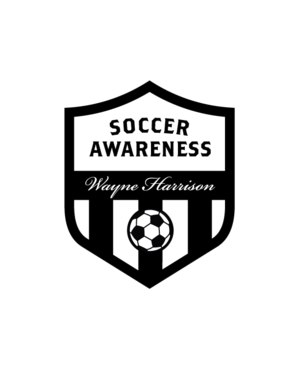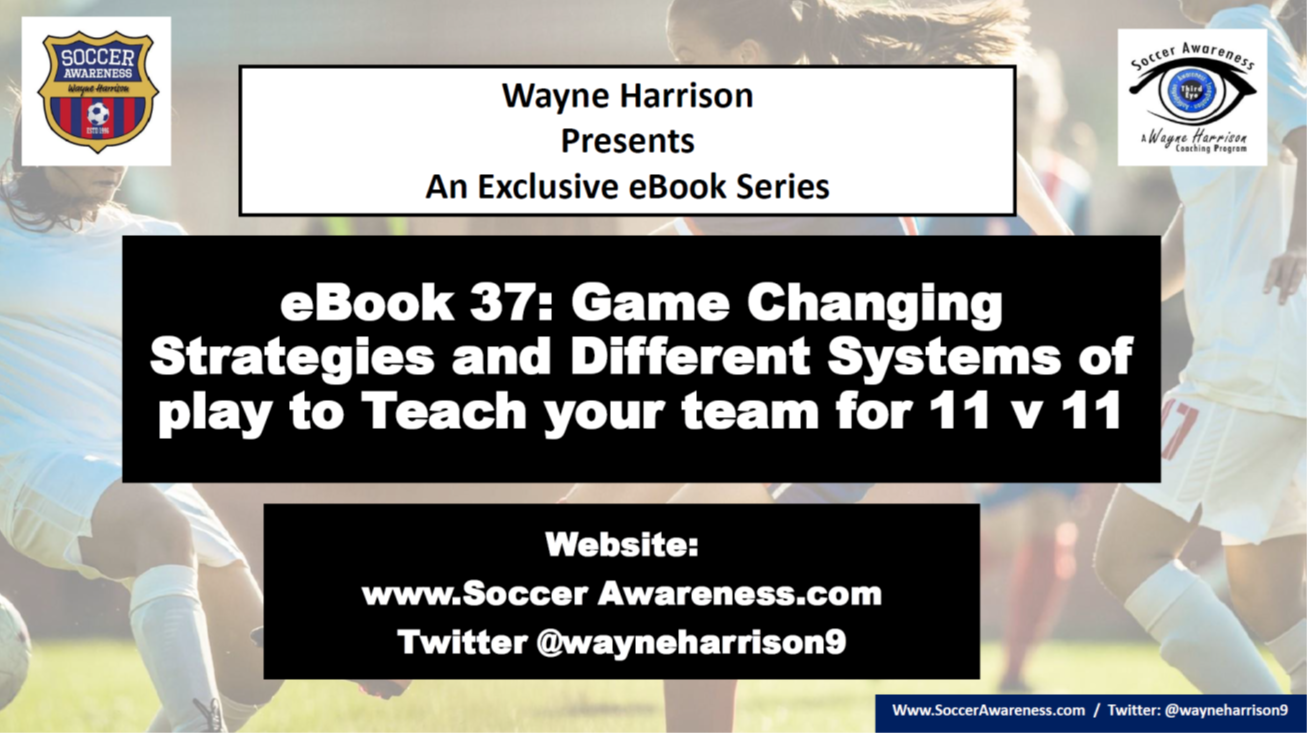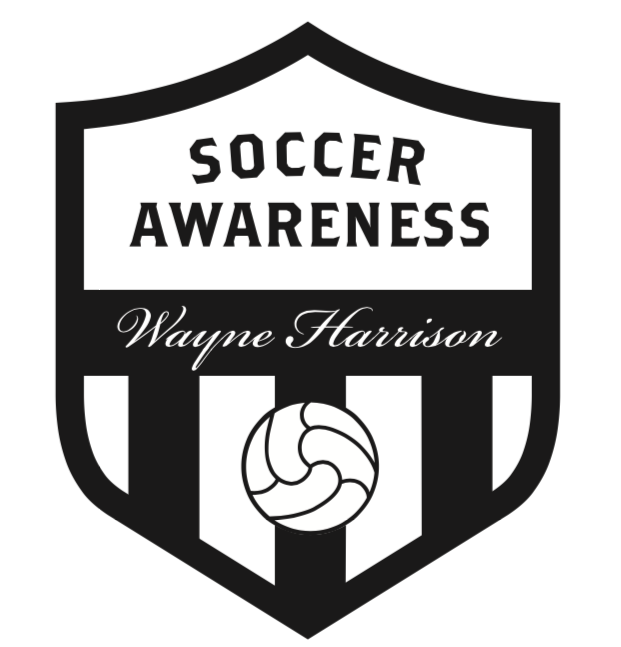1 v 1 Defending and When and Where to Drop Off Against Pace
/The following is a sample from the Soccer Awareness Training Center. Soccer Awareness Training Center provides unlimited access to Wayne Harrison's Soccer Awareness systems, training sessions, drills and more. Wayne's system helps develop world class youth soccer players and teams in a systematic and imaginative manner that guarantees performance at the highest level of competition. Whether you’re a beginning coach who needs help getting started or someone who wants to add some variety to their training sessions, the Soccer Awareness Training Center offers a wide variety of drills to choose from. Join Today
This is a breakaway situation.
- A 1 v 1 situation with the striker running at the defender in a straight line towards goal and kicking the ball past them and chasing it down.
- The defender must be “side on” already with their body turned back and ready to run towards their own goal.
- Defender must increase their speed dropping back; running almost side on and backwards (but head facing forwards watching the striker and the ball until it is played pass them, then they have a full turn and chase) as the striker kicks the ball past them and must start their dropping run early enough to give themselves time and space on the striker. Footwork is not side to side but as they would normally run but with the upper body facing forward.
- Watching the body language of the striker on the ball they need to be able to recognize and anticipate when they are going to kick the ball and chase it. So this is a VISUAL CUE for the defender.
- The defender must run across the path of the striker who will be trying to run in a straight line and the shortest route to the ball and to goal. The distance between the defender and the striker on doing this and running across them can vary depending on how fast the striker is but it should be a distance of between a yard and 3 yards to make the striker work around the defender. If it is further then likely the defender has got the run on the striker anyway.
- So, across the path then after the ball; not the other way around; as if they are quicker than the defender they will get there first (just by running past the defender if they are running in the same straight line and not across them) and we will be exposed defensively. The defender must have a yard or more on the striker to be able to get in front and across them I see too many times when they almost start at the same point and beside each other and then if the striker is quicker the defender does not get the chance to get in front and across them.
- Running across their line or path means, the striker may have to divert their run so they have to go AROUND the defender; thus giving the defender a better chance to get to the ball first or they run into the defender and are blocked (though do not make it too obvious if they are blocked by the defenders body).
The “timing” of the stepping across the striker in the recovery run is all important because if the timing is wrong the defender can get called for “obstruction” and thus gives away a free kick; and possibly in a dangerous area for their team. So do it early enough where they are not too close to be called for this.
Here is what happens too much with defenders; they get in a race with the striker, who is facing forward and so is at an advantage to begin, and they allow them to run past them due to them being quicker or just timing their run forward better than the run of the recovering defender; who may start too late, and often do so and are not into their stride by the time the striker is going past them; due to dropping off TOO SLOWLY or TOO LATE and in a straight line alongside the striker.
A slower defender can still get to the ball against a faster striker before them if they time their recovery run correctly, and they allow themselves some space and yardage on the striker as they start their recovery and dropping back run.
Their body position can make this even better and they MUST NOT be in a square on body position to the striker as they drop back because they then have to make a FULL TURN to recover and thus waste time and yardage.
New Defending Presentations in the Soccer Awareness Training Center
Soccer Awareness Training Center provides unlimited access to Wayne Harrison's Soccer Awareness systems, training sessions, drills and more. Wayne's system helps develop world class youth soccer players and teams in a systematic and imaginative manner that guarantees performance at the highest level of competition. Join Now
REMEMBER; THESE TRAINING TIPS APPLY TO PLAYERS MAKING FORWARD RUNS “WITH” AND “WITHOUT” THE BALL.
When a defender encounters an attacker who is approaching with pace, they can also try to prepare their body position and movement with a mind to accomplish two things:
When the ball goes past the defender, the defender tries to ensure that his or her hips are facing the same direction as the runner/attacker.
As the attacker approaches, the defender tries to quickly match the foot/leg rhythm in order to match their pace (as close as possible) and also to be capable of using their own foot to stop any pass/cross/shot if the striker has a slight run on them (which they would place in front of the ball at the same moment as the attacker lifts their leg to strike the ball).
So:
- Match the attackers rhythm (and be ready to block a pass/cross initially) and;
- Match the direction of the Hips of the attacker (even when stepping in their path) along with being able to prepare the body and react quick enough to match rhythm with the attacker.
For instance, staying low, getting a solid push off your plant foot (at the moment you plan to turn your hips) and “snapping” the hips around – followed by getting the knees cycling to quickly match the steps of the attacker’s feet.





















